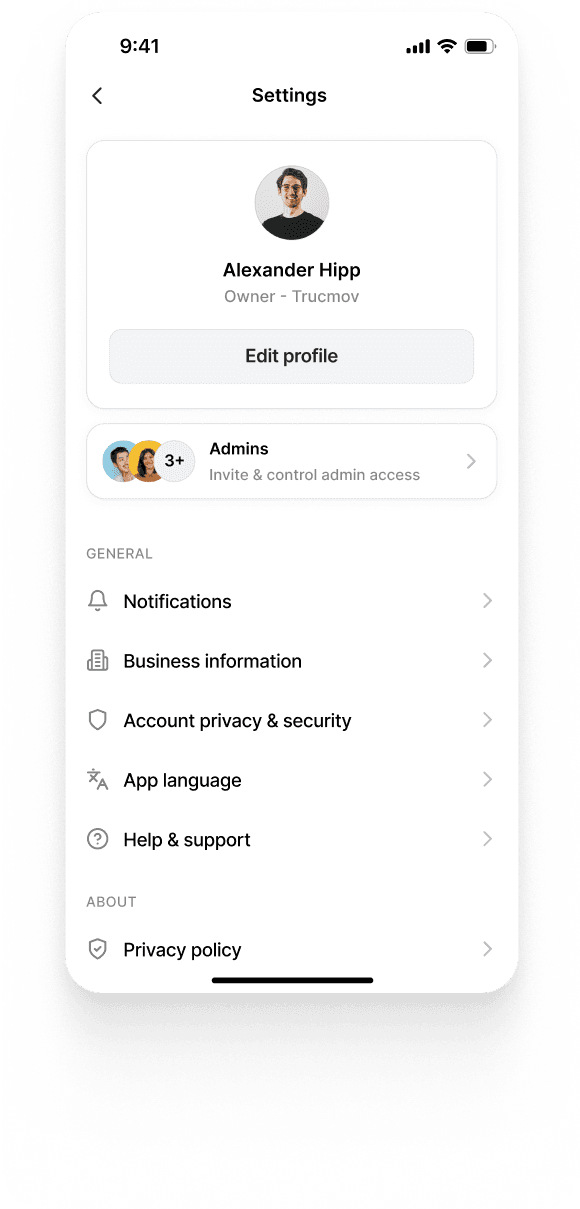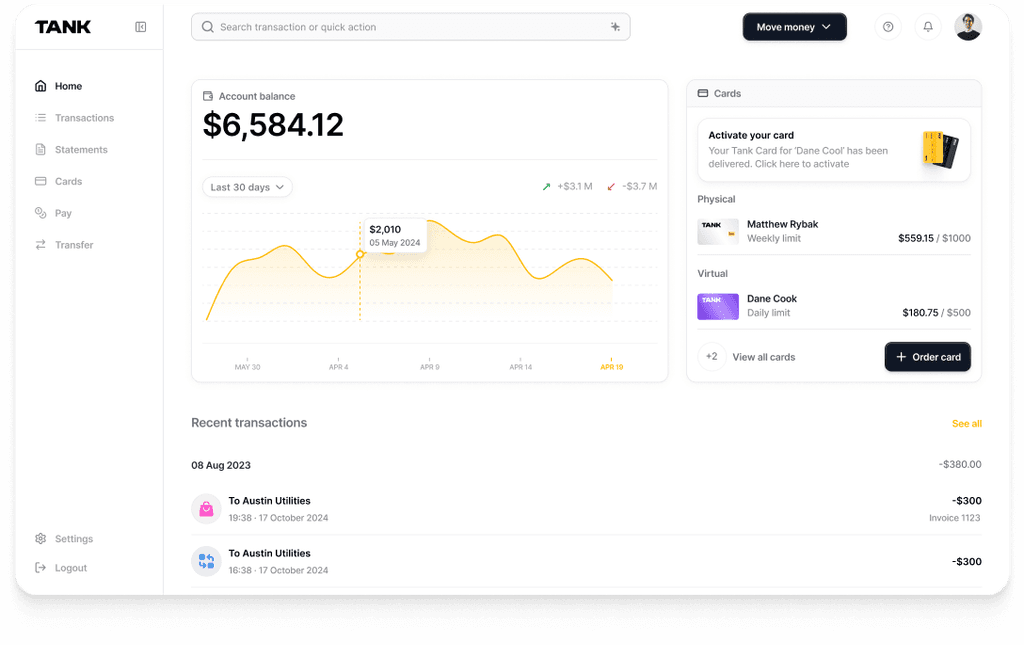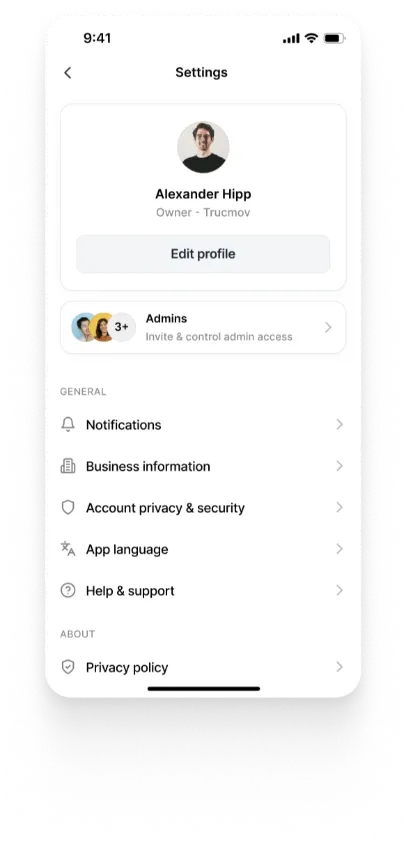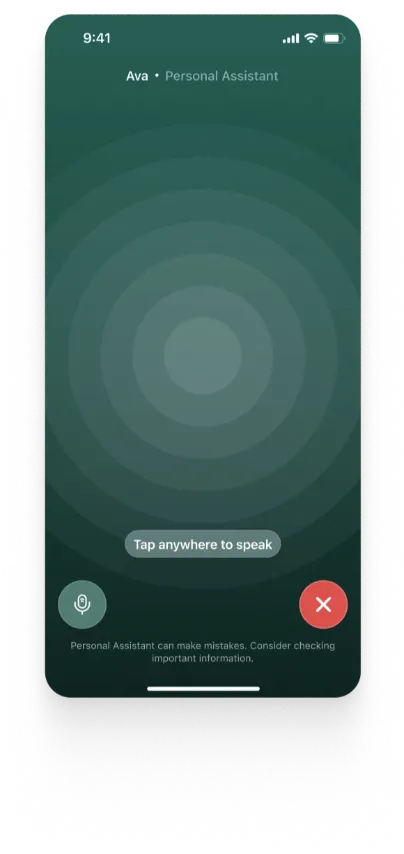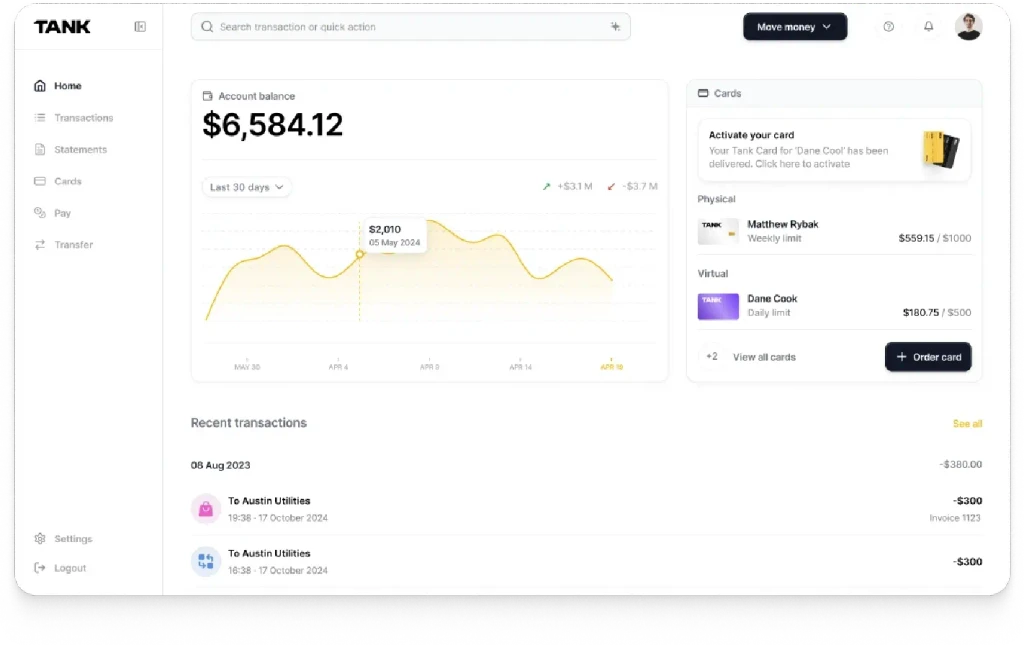Understanding FERPA Rules
Summary
FERPA is a U.S. law protecting student education records in federally funded institutions. It grants access rights to parents and students, restricts unauthorized disclosure, requires annual rights notifications, and mandates proper record-keeping. Non-compliance can result in loss of federal funding. The law's scope includes both traditional and digital student data.
Key insights:
FERPA is a U.S. federal law established in 1974 to protect the privacy of student education records at institutions receiving federal funding.
Key requirements of FERPA include the right for parents and eligible students to access and amend records, strict controls on disclosure without consent, and annual notification of rights.
Compliance steps include developing specific policies, appointing a compliance officer, training employees, implementing security measures, and maintaining detailed records of disclosures.
Non-compliance with FERPA can lead to the loss of federal funding, reputational damage, and legal liabilities.
Technological advancements like cloud storage, online learning platforms, and mobile apps present new challenges and require rigorous security and privacy measures to ensure FERPA compliance.
Introduction
The global regulatory compliance regime has embodied multi-dimensional strands of sectoral compliances. The fundamental rationale behind strengthening the compliance frameworks is to protect the wide spectrum of user data and regulate the global technology space. For organizations in the education sector, protecting the privacy and confidentiality of student records is not just a legal obligation but a fundamental responsibility. The Family Educational Rights and Privacy Act (FERPA) establishes strict guidelines for institutions to follow regarding the handling and disclosure of students’ education records. Failure to comply with FERPA can result in severe consequences, including the loss of federal funding and legal liabilities.
This article aims to provide a comprehensive understanding of FERPA, its key requirements, the steps involved in achieving compliance, and the potential consequences of non-compliance.
What is FERPA?
FERPA is a U.S. federal law enacted in 1974 that protects the privacy of student education records. It applies to all educational institutions and agencies that receive funds from the U.S. Department of Education. The primary purpose of FERPA is to ensure that parents and eligible students have the right to access, inspect, and review their education records as well as provide guidelines for the disclosure of such information.
Under FERPA, education records are defined as any records directly related to a student and maintained by an educational institution or agency. This includes academic records, disciplinary records, health records, and financial aid information.
FERPA Requirements
FERPA outlines several key requirements that educational institutions must follow:
Access and Amendment Rights
Institutions must allow parents or eligible students (above 18 years old or attending a post-secondary institution) to review and inspect their education records within 45 days of a request. Parents and students also have the right to request amendments to inaccurate or misleading information in their records.
Consent for Disclosure
Institutions cannot disclose identifiable information from education records without prior written consent from parents and eligible students. However, FERPA outlines certain exemptions such as disclosure to school officials with educational interests, complying with judicial orders or subpoenas, and safety emergencies.
Furthermore, FERPA allows institutions to designate certain types of information as directory information, which can be disclosed without prior consent. Directory information may include data like the student's name, address, telephone number, date and place of birth, honors and awards, and dates of attendance. Parents or eligible students must be notified about the directory information and given enough time to opt out of disclosure of this information.
Annual Notification
Educational institutions must provide annual notifications to parents and eligible students about their rights under FERPA. These notifications should include information about their right to inspect and review records, the procedures for requesting amendments, and the institution’s policy for disclosing education records.
Record-Keeping Requirements
Institutions must maintain records of all requests for access and disclosures of education records, including the names of parties who received the information and their legitimate interests in obtaining it.
Achieving FERPA Compliance
To ensure compliance with FERPA, educational institutions should follow these steps:
1. Develop and Implement Policies and Procedures: Establish comprehensive policies that outline the handling, maintenance, and disclosure of education records in accordance with FERPA guidelines. These policies should be reviewed and updated regularly.
2. Appoint a FERPA Compliance Officer: Designate a FERPA compliance officer responsible for overseeing the institution’s compliance efforts, addressing concerns, and providing training to faculty and staff.
3. Train Employees: Provide comprehensive training to all personnel involved in the handling of student records, emphasizing the importance of confidentiality and the specific requirements of FERPA
4. Implement Access Controls and Security Measures: Establish strict access controls and security measures to protect the confidentiality and integrity of education records. This may include physical and digital safeguards.
5. Obtain Consent and Document Disclosures: Develop processes for obtaining and documenting consent from parents or eligible students before disclosing personally identifiable information. Make sure to maintain detailed records of all disclosures.
6. Review and Update Practices: Continuously monitor and review FERPA compliance practices to ensure they remain effective over time.
Compliance Audits and Monitoring
Regular FERPA compliance audits and monitoring are crucial for identifying potential vulnerabilities and implementing necessary improvements over time. Educational institutions should consider the following practices:
Internal Audits: Conduct periodic internal audits to assess the effectiveness of FERPA-related policies, procedures, and controls. These audits should be performed by a dedicated team to review record-keeping practices, access controls, and overall adherence to FERPA guidelines.
Third-Party Audits: Consider bringing in third-party auditors to provide an objective and independent assessment of the institution’s FERPA compliance. External audits can offer fresh perspectives, identify blind spots, and provide recommendations for enhancing compliance efforts.
Incident Response and Reporting: Implement procedures for reporting and responding to potential data breaches. This could include mechanisms for employees, students, and parents to report concerns as well as protocols for investigating and mitigating incidents.
Technological Advances and FERPA
The rise of technological advancement has significantly impacted the way educational institutions manage student records and comply with FERPA. While these technologies offer numerous benefits, they also present unique challenges that institutions must navigate to ensure compliance with FERPA requirements.
Cloud Storage
Storing student records in the cloud necessitates robust security measures to protect sensitive information. Institutions must ensure that their cloud service providers are FERPA-compliant and that proper encryption and access controls are in place. The U.S. Department of Education recommends careful reviews of service agreements to confirm that providers adhere to FERPA guidelines.
Online Learning Platforms
Online learning platforms have been adopted rapidly since COVID-19. These platforms often collect and store vast amounts of student data including grades, participation records, and communication logs. Institutions must ensure that these platforms implement privacy policies and secure data transmission methods.
Data Analytics and AI
The use of data analytics and AI in education can provide valuable insights into student performance and institutional efficiency. However, institutions must be careful when using these technologies by incorporating techniques like anonymizing data and implementing data governance frameworks to protect student privacy.
Mobile Applications
Mobile applications that are used for educational purposes often collect personal information from students. Institutions must vet these applications thoroughly to ensure they comply with FERPA regulations. Moreover, parental consent is also crucial when these applications collect data from children under 13 to stay compliant with The Children’s Online Privacy Protection Act (COPPA).
Best Practices and Additional Resources
To further strengthen FERPA compliance and safeguard student privacy, educational institutions can consider the following best practices and resources:
Consult Industry Guidelines and Best Practices: Refer to industry guidelines and best practices provided by organizations like the American Association of Collegiate Registrars and Admissions Officers (AACRAO) and other relevant organizations.
Seek Professional Guidance: Consider consulting with FERPA experts to ensure that your organization’s policies and practices align with the latest regulations.
Leverage Technology Solutions: Explore and implement secure technology solutions such as data encryption, access controls, and data management systems.
Consequences of Non-Compliance
Failure to comply with FERPA can result in severe consequences including:
Loss of Federal Funding: The U.S. Department of Education can initiate proceedings to withdraw federal funding from institutions that violate FERPA regulations. This can have a significant financial impact on institutions that rely on federal funding.
Reputational Damage: Violations of FERPA can severely damage an institution’s reputation and diminish public trust.
Disciplinary Actions: Institutions may face disciplinary actions such as termination of employees responsible for FERPA violations.
Conclusion
In conclusion, by understanding and adhering to FERPA regulations, institutions can safeguard the rights of students and their families, maintain public trust, and avoid severe consequences. Implementing comprehensive FERPA compliance measures and following the best practices are essential steps in ensuring the utmost protection of student privacy.
Authors
Ensure FERPA Compliance with Walturn's Expertise
Protect your educational institution from the risks of non-compliance with FERPA by partnering with Walturn. Our team specializes in implementing comprehensive data protection strategies that align with FERPA guidelines, ensuring the confidentiality and integrity of student records. With our expertise, you can safeguard student privacy, maintain compliance, and avoid severe consequences like the loss of federal funding. Reach out to us today to enhance your data protection protocols and stay ahead of regulatory requirements.
References
https://www.jotform.com/what-is-ferpa/
https://www2.ed.gov/policy/gen/guid/fpco/ferpa/index.html
https://studentprivacy.ed.gov/ferpa
https://studentprivacy.ed.gov/sites/default/files/resource_document/file/ferpaleghistory.pdf
https://studentprivacy.ed.gov/sites/default/files/resource_document/file/FAQ_Cloud_Computing_0.pdf
https://studentprivacy.ed.gov/sites/default/files/resource_document/file/FERPA%20%20Virtual%20Learning%20032020_FINAL.pdf
https://studentprivacy.ed.gov/resources/protecting-student-privacy-while-using-online-educational-services-requirements-and-best
https://www.kiteworks.com/regulatory-compliance/mastering-ferpa-compliance-an-in-depth-guide-for-enterprises/

















